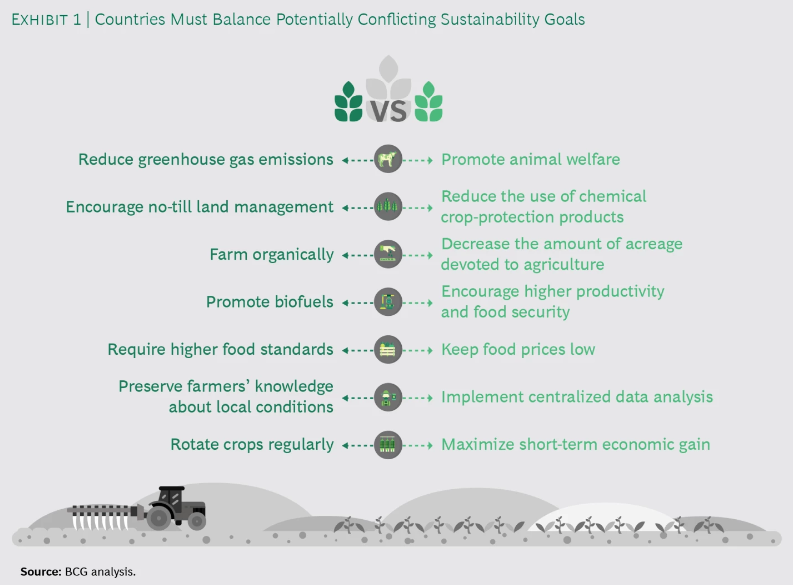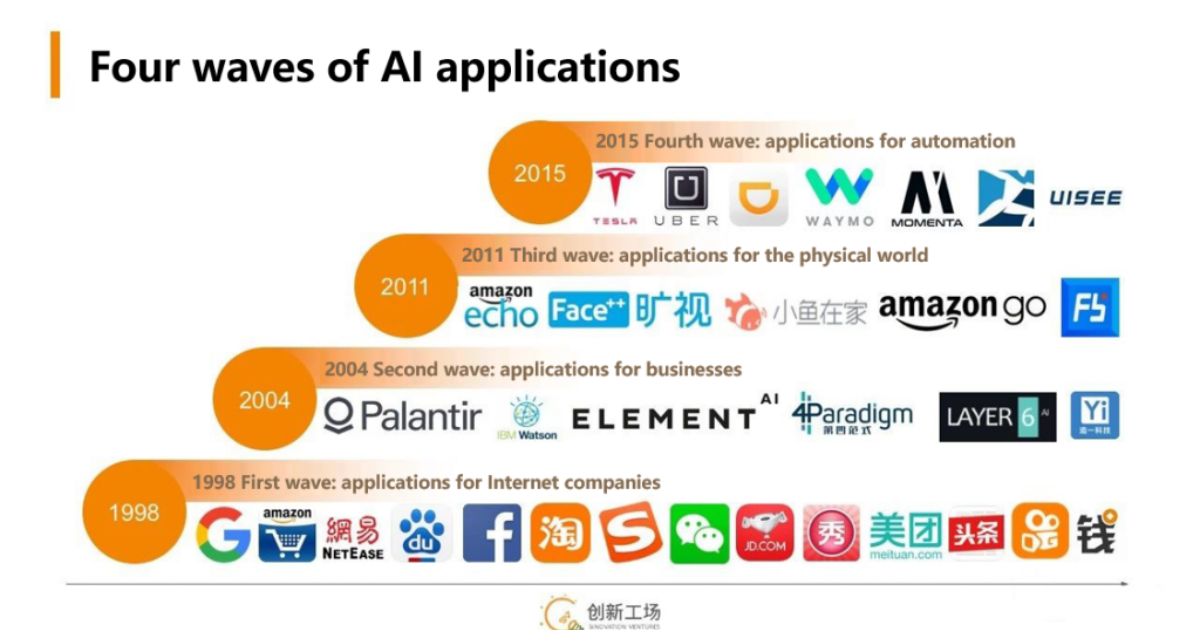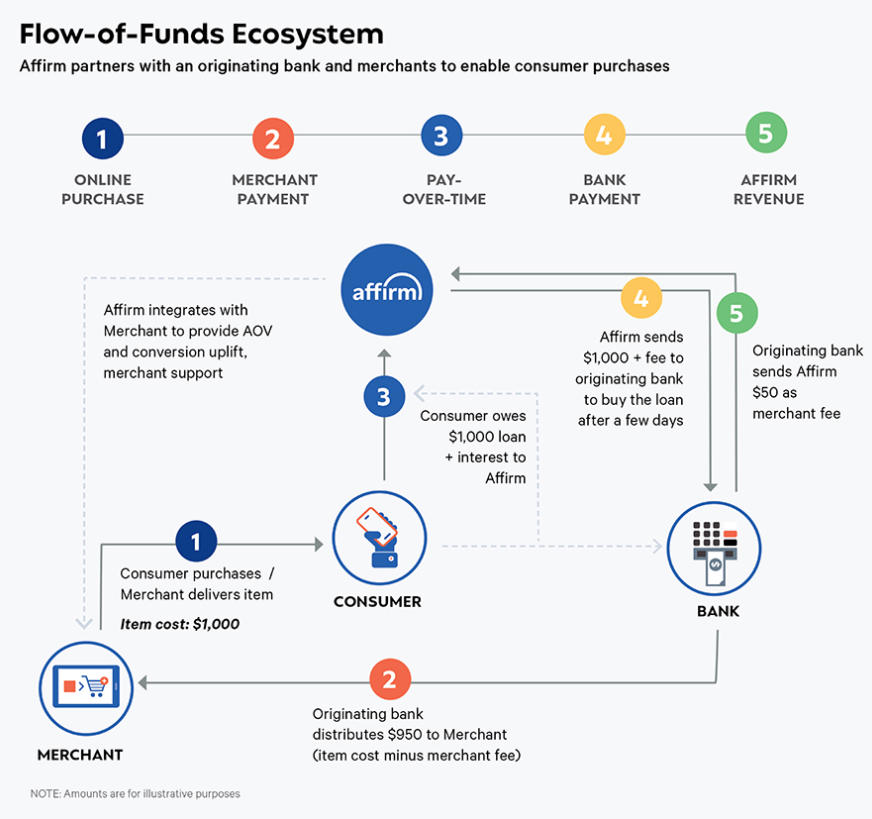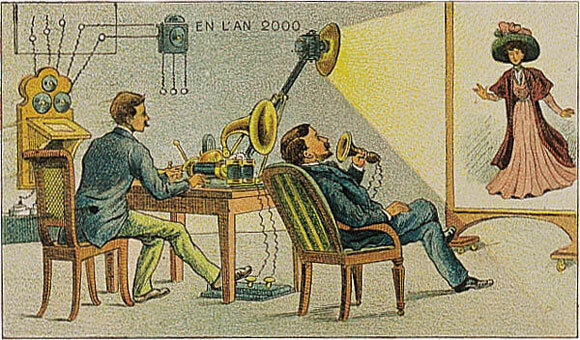This month we take a view into the future to see what a futuristic society full of AI, 5G, and easy space travel.
Tech Themes
Artificial General Intelligence. One of the most significant technological themes in the book is the development of AGI. Exhibiting artificial general intelligence would mean a computer could perform any task that humans could perform. While this is the ultimate vision of the AI hypetrain, there remains a big gap even between current iterations of GPT-4 and AGI. While Bob is able to seamlessly create VR experiences, recognize missles in flight, and upgrade himself, the world of computing today lacks the technology to fit all of these things into a sentient program. A 2019 article hypothesized by 2060 that we’d have full AGI. Other predictions suggest its 200 years away. It is still early days in the world of AGI, and there needs to be a lot more innovation before we get full AGI.
Programs Programming Programs. In the book, Taylor explores the concept of self-programmability when Bob discovers he can rewrite portions of his own code. Bob begins to set up virtual reality simulations for himself, complete with a cat, virtual baseball, and a butler. These VR “home” simulations offer a sense of normalcy that Bob dearly misses after reawakening as an AI. Later, Bob realizes that he is able to replicate his code. Code replication is similar to a type of AI called, Genetic Computing. In Genetic Computing, a program models the reproduction of a population based on a fitness measure and a mutation rate. When Bob replicates himself, he notices that each new Bob has a slightly different personality that all stem from his original personality. These personality changes make some replicants better suited for exploration vs. war vs. maintenance, which could be seen as their individual fitness functions. Genetic algorithms can be used to solve a whole host of machine learning and computing programs.
Technology and Emotion. Before he was killed in a car crash, Bob had sold his successful software company, netting him millions. With the extra money he paid the cryogenic service that would preserve his mind in the event something bad happened to him. After his death, Bob is awoken as an artificial intelligence. Similar to Ender’s Game, he finds himself being trained for an unknown objective, although he quickly understands its military related. Over time he becomes aware that other AI’s are going crazy and discovers that when left alone to process their fate as a war-faring AI, many become immensely depressed. Bob recognizes the immensity of time as a computer, with a clock that can work at the nano-second level. This theme raises important ethical questions about the implications of creating self-aware machines, notably the mental health consequences of inventing self-aware machines that experience the world differently than humans do.Therefore time feels extended beyond comprehension. After a while, Bob discovers an endocrine switch that overrides emotion. He’s curious about its function and switches it on, and immediately becomes overwhelmed with emotions: “You know that sinking feeling you get when you suddenly realize you’ve forgotten something important. Like a combination of fast elevator and urge to hurl. It hit me without any warning or buildup. Maybe it was the sudden release, maybe it was an accumulation of all the suppressed emotions, whatever, I wasn’t ready for the intensity. My thoughts swirled with all the thing that had been bugging me since I woke up…I mourned my lost life. I was still human in the ways that mattered.” Emotion and technology are often thought of as opposite ends of the spectrum, but they are more intertwined then people imagine.
Business Themes
Government and AI Future. Another business theme explored in the book is the power and influence of corporations. In the story, Bob's actions and the emergence of AI have a significant impact on the economy, politics, and society. This theme raises questions about the ethics of corporate power and the need for regulation to ensure that technology is used in ways that benefit society as a whole. For example, Bob is controlled by a religious government entity called FAITH, the Free American Independent Theocratic Hegemony, which is led by Christian Fundamentalists. While Taylor’s expression of a future whereby Christian Fundamentalists control the government is a commentary on an increasingly co-mingled church and state environment in the US, it also begs the question about control over AI. In China, the government has a front row seat and access to all potential AI innovations. In the US, a lot of these innovations are controlled by corporations, who will obviously work with the government but who do not necessarily need to sell to the government. At the same time, it would be difficult to envision how the American government would repossess or control all AI developments of underlying corporations. There is still a lot to be figured out between industries and government’s when it comes to AI innovation.
Space business. The book also explores the intersection of technology and business, specifically in the context of space exploration and colonization. Amazon's Kuiper and SpaceX's Starlink are two examples of companies that are driving innovation in this field. These satellite constellations have the potential to revolutionize industries such as agriculture, mining, and energy, by enabling real-time data analytics and remote control of machinery. The book touches on this theme with Bob's use of satellite constellations for communication and coordination in his efforts to explore and colonize new worlds. For example, the book explores the potential consequences of corporate control over space resources, highlighting the importance of ethical guidelines to ensure the equitable distribution of resources. Bob, who is a FAITH probe, fights China, the Australian Federation, and the Brazilian Empire over control of vast new space worlds. In the real world, people are beginning to question the value of these new constellation space businesses. A recent publication at Bernstein research noted: “Project Kuiper appears even more extreme as an investment area with $10B+ already committed. Perhaps there’s a lesson here from Google shutting Loon and stagnant Fiber and Fi businesses, that capital intensive low-margin utilities aren’t worth the effort regardless of how ‘cool’ the technology may be.” The durability of a real, sustainable business model has always been a question for Space focused businesses. As we learned from Carlota Perez’s Technology Revolutions and Financial Capital, the early establishers of infrastructure can either reap windfalls (railroads, steel) or face severe competition (telecom) which drives returns negative. I am skeptical that Kuiper or Starlink have a large enough market to create substantially large businesses that cover the cost of the capital expenditure involved in launching and maintaining the satellites. That being said, I think both organizations will probably learn a lot about space in the process, so should it ever become economically feasible, they would be ready to pounce (if they still exist).
3D Printing and The Food Question. Bob uses 3D printing technology to replicate himself into new versions with longer and larger appendages. “The area was a beehive of activity. Five version two HEAVEN vessels were under construction. One of which was a trade up from me. The new designs included a bigger reactor and drive, a rail gun, storage and launch facilities for busters, replicant systems with twice the capacity of version one, more room for storing roamers and mining drones, and more cargo capacity in general. The manufacturing systems cranked out parts as fast as the roamers could feed in the raw ore.” Bob creates many many roamers, which he uses in all sorts of ways, as drones, analyzers, and crafters. The plurality of use cases has always been the pitch for 3D computing, however, the businesses involved such as Desktop Metal or 3D Systems have struggeld to really hit mass consumer adoption. Today, it is still too hard for the average non AGI person to build things with a 3D printer, and most jobs are left to seasoned professionals. As the newly created Bob replicant’s peruse the universe for new worlds, original Bob sticks behind to help determine the fate of people on earth. One of the big challenges facing Bob is finding enough food for the world’s population while it is in transit to a new world. This situation is reminiscent of Wall-E, where the entire population of earth leaves after a nuclear attack. Food insecurity, or lacking access to quality food, is a global question, with estimates of over 345 million people facing high levels of food insecurity in 2023. In the US, about 10% of the population or 13.8 million households had low or very low food security. The question is complicated by the cost of sustainable farming, the role that farming and food play in greenhouse gas emissions, and how to use land with a growing population. Bob ulitmately decides to build a farm on a spaceship, which is reminiscent of the vertical farming craze that came through Ag-Tech around 2016-17. Three vertical farming businesses: Aerofarms, Kalera, and NL have gone bankrupt this week, after failing to find a financial sustainable business model. Its still early days in the world of alternative foods and new farming techniques, but we need to figure them out before the world population hits 10B in 2050.
Dig Deeper






